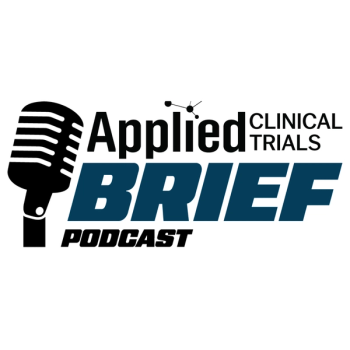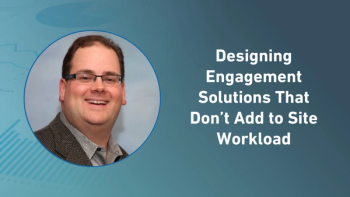
European Medicines Agency Implements Internal Reorganization
In line with its increased responsibilities, the Agency has developed over the past years in terms of staff numbers and internal processes. The number of scientific committees and the complexity of procedures have also grown, and the cross-relationship between committees brings with it the need for enhanced coordination. In addition, future legislative proposals are expected to bring further responsibilities to the Agency.
Following an Agency-wide process improvement exercise initiated in 2006, from May 2007 attention focused specifically on core business - examining processes within the two units dealing with medicinal products for human use and monitoring their interactions in order to assess their potential for adapting to future needs.
Key Changes of the Resulting Reorganization
The life-cycle management of medicines for human use is brought together into one Unit, Human Medicines Development and Evaluation, led by Patrick Le Courtois and responsible for the provision of advice during R&D, through to management of the review process and changes to products after they have been approved.
The creation of a Unit, Patient Health Protection, led by Noël Wathion, contributing to patient health protection from the multiple perspectives of pharmacovigilance, risk and crisis management, patient and health care professional information, inspections (for both human and veterinary products), and appropriate regulatory compliance. The Unit will also be in charge of community procedures for both centrally and non-centrally authorised products within the Unit for Veterinary Medicines and Product Data Management, led by David Mackay.
The creation of a single Sector responsible for all areas of veterinary medicines - development, evaluation and maintenance of veterinary medicines, public and animal health (including safety) and veterinary regulatory affairs.
The creation of a single Sector for the management of product data and documentation related to applications for the whole Agency; it will also be involved in the development of IT systems to support scientific business processes.
The rationalisation of services within the Unit for Information and Communications Technology, led by Hans-Georg Wagner and within the Administration Unit, led by Andreas Pott.
The implementation of the changes began early in September 2009 with the reallocation of a number of staff members. The organizational changes should be completed by December 2009.
Click
Newsletter
Stay current in clinical research with Applied Clinical Trials, providing expert insights, regulatory updates, and practical strategies for successful clinical trial design and execution.




